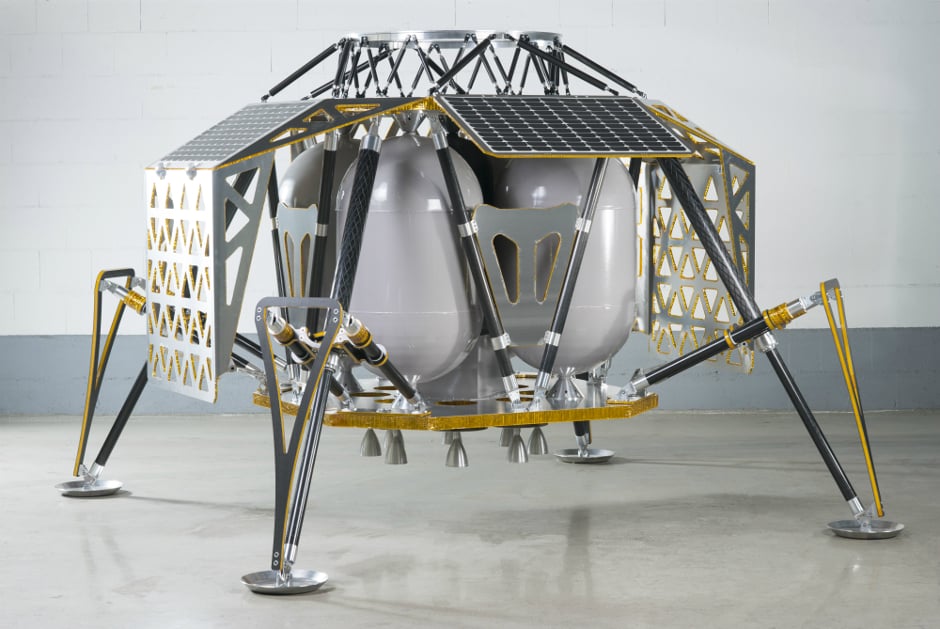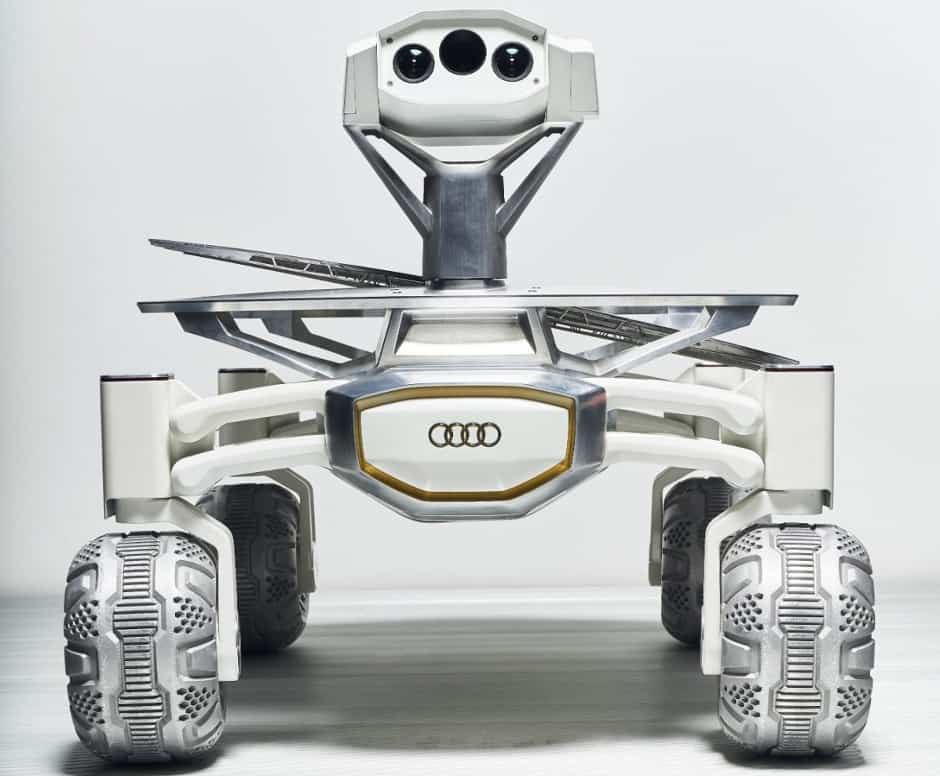Vodafone and Nokia are to deploy the first 4G network on the Moon to support a mission by Berlin-based PTScientists in 2019.

PTScientists is working with Vodafone Germany and Audi to achieve the first privately-funded Moon landing and has developed a spacecraft capable of delivering two rovers - or up to 100kg of payload - to the lunar surface. It is offering companies and academic institutions ‘the opportunity to transport payload and experiments to the Moon at affordable prices’.
PTScientists’ mission to the Moon is due to launch in 2019 from Cape Canaveral on a SpaceX Falcon 9 rocket.
Vodafone’s 4G network will connect two Audi lunar quattro rovers to a base station in the Autonomous Landing and Navigation Module (ALINA), PTScientists’ spacecraft built to transport and land the rovers.
Nokia, through Nokia Bell Labs, will create a space-grade Ultra Compact Network that will weigh under 1kg.

The 4G network will enable the Audi lunar quattro rovers to communicate and transfer scientific data and HD video while they approach and study NASA’s Apollo 17 lunar roving vehicle that was used by Commander Eugene Cernan and Harrison Schmitt, the last astronauts to walk on the Moon, to explore the Taurus-Littrow valley in December 1972.
According to Vodafone, tests indicate that the base station should be able to broadcast 4G using the 1800MHz frequency band and send back the first ever live HD video feed of the Moon’s surface, which will be broadcast to a global audience via a deep space link that interconnects with the PTScientists server in the Mission Control Centre in Berlin.
Robert Böhme, CEO and Founder of PTScientists, said: “This is a crucial first step for sustainable exploration of the solar system. In order for humanity to leave the cradle of Earth, we need to develop infrastructures beyond our home planet.
“With Mission to the Moon we will establish and test the first elements of a dedicated communications network on the Moon. The great thing about this LTE solution is that it saves so much power, and the less energy we use sending data, the more we have to do science.”





Red Bull makes hydrogen fuel cell play with AVL
Formula 1 is an anachronistic anomaly where its only cutting edge is in engine development. The rules prohibit any real innovation and there would be...